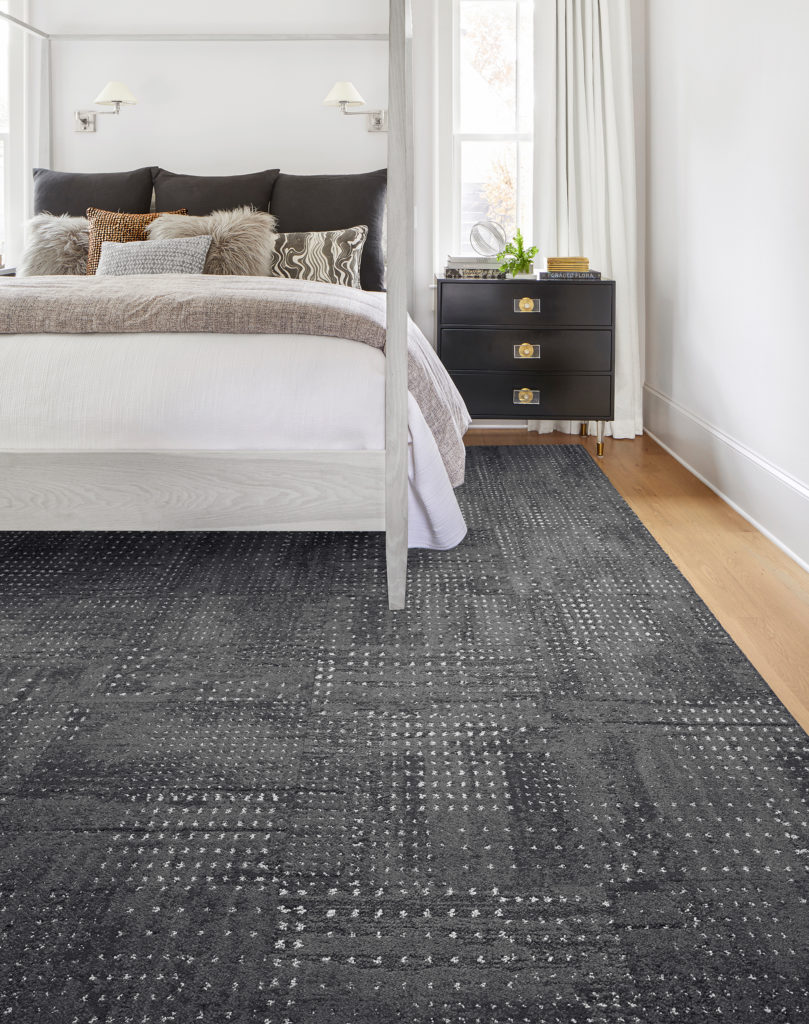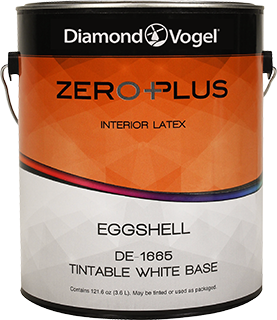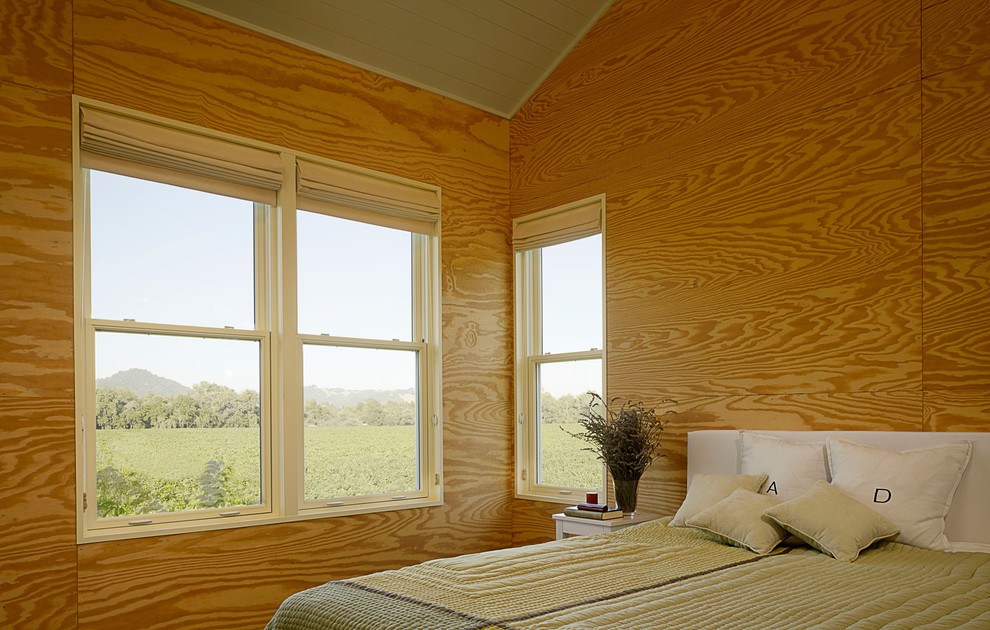In part 2 of the Healthier Home series, I’d like to talk about the materials that you touch and the air you breathe in your home. In part 1, we looked at the impact of the design of our homes when it comes to implementing and encouraging healthier habits. Today, I’ll be discussing some of the physical components that make up your home and the ways that those can influence your heath.
My journey into the “healthiness” of various interior materials began when I was studying to take the LEED exam back in 2008. LEED (Leadership in Energy and Environmental Design) is a rating system for certifying buildings (and homes) for environmental design. It provides a framework for helping you achieve sustainability & health goals for your project. Instead of simply saying “this is a green building”, a LEED certified project can verify that it has met criteria in various categories like reducing waste, reusing materials, incorporating rapidly renewable materials, and improving indoor air quality & water efficiency.
Unfortunately, I’ve never gotten the chance to see a project fully through the LEED certification process. However, the information I learned has stayed with me and as I have dealt with several autoimmune diseases, myself, I’ve become increasingly interested in ways that I can reduce the toxic load my body has to carry.
There’s so much I could share on this topic, but I want to strike a good balance between informative and keeping it easy for you to absorb. So as we think about this topic, I’d like to use an analogy that some of you might be familiar with.
If you’ve ever dealt with an allergy or food intolerances (like I have), you’re familiar with reading labels and scouring ingredient lists to avoid unsafe ingredients.
Looking at healthier home products is like that, too. You need to look at all the ingredients going into the assembly. For example, if we were looking at a flooring product, we would have to look at the subfloor, the underlayment, adhesives, and any surface applied finish. If this product claimed to be healthy, but the adhesive was toxic, that would completely negate the health benefits.
Factors that influence the health of our homes
Indoor Air Quality
Indoor Air Quality is exactly what it sounds like. It’s the quality of the air you breathe indoors.
“The EPA has detailed a growing body of scientific evidence indicating that the air within homes and other buildings can be 2-5 times more polluted than outdoor air in even the most industrialized cities. Additional research indicates that people spend approximately 90 percent of their time indoors. “ Source
This means that the health risk from indoor air pollution is greater than outdoor pollution.
Indoor pollutants can cause health concerns either immediately or years after exposure. Polluted indoor air can cause reactions like irritated eyes, noes & throat, headaches, dizziness and fatigue. It can also worsen or trigger asthma. If you’re an allergy sufferer, then your indoor air quality is an important component of managing your symptoms, too.
Sources of Indoor Pollution
“Most people are familiar with the problems caused by paint fumes and the formaldehyde contained in plywood and insulation; fewer may be aware that off-gassing from carpeting or other fabrics, for example, can cause discomfort, as well, such as headaches and allergic reactions…Products of concern include everything going into the home including paints, adhesives, carpet, wallcoverings, plywood, and other manufactured products.” Source
Volatile organic compounds (VOCs) are emitted as gases from certain solids or liquids. VOCs include a variety of chemicals, some of which may have short- and long-term adverse health effects. Source
Selections that support a Healthier Home
(Recommendations adapted from Home Free Spec Guidance, Healthy Building Network, June 2018)
FLOORING
Avoid Flooring products that contain vinyl (PVC or polyvinyl chloride). Vinyl releases many different phthalates and dioxins. There are some phthalate-free versions available now, so at minimum, look for phthalate-free products that don’t contain post-consumer recycled content.
For carpets: Look for products that don’t use fluorinated stain-repellent treatments
For ceramic tile: look for products made in the USA where most manufacturers have eliminated toxic lead compounds from ceramic tile glazes. Avoid post-consumer recycled content from CRTs (cathode ray tubes) which contain high concentrations of lead.
We used Flor Carpet tiles in our home. Flor is a daughter company of Interface Commercial Carpets, which I’ve often used for commercial projects. They’re well known for being industry-leaders in sustainability and reducing hazardous substances in their products.
INTERIOR PAINT
Look for paints that meet the Green Seal-11 (GS-11) standard from 2010 or later whenever possible
Look for Low-VOC paint (and added colorants) with a total VOC content of 50g/L or less.
Since paint typically covers a large surface area in your home, this is a good item to take a look at! Here are a couple of products to consider:
CABINETRY, MILLWORK & DOORS
Try to use solid wood products over composite wood products, like plywood, medium density fiberboard (MDF), and oriented strand board (OSB).
When using composite wood, use materials that are NAF (No Added Formaldehyde) or ULEF (Ultra Low Emitting Formaldehyde) whenever possible.
Use factory-finished products, when possible. Why? Because when finishes are applied in the factory, off-gassing happens at the factory, not in your home.
Urea-Formaldehyde Free Hardwood Plywood is available at Home Depot
Further Reading: Remodeling 101: Is Plywood Safe?
FURNITURE & FABRICS
As mentioned above, it’s best to look for solid wood products to reduce formaldehyde off-gassing.
Chemical flame retardants are often added to upholstery and the foam used in your furnishings.
Stain repellant treatments are also often added to upholstery. This article, 3 Healthy Things to Look for When Shopping for a New Couch, had a nice summary of some of the dangers of these products.
Maybe one of the more important pieces of furniture to look at is your mattress. You spend roughly 8 hours in close proximity to this piece of furniture daily, so if you’re looking for that “one” thing you can do to make your home healthier, this might be it!
We purchased our mattresses from Room & Board. I liked that they’re made in Minnesota with no flame retardant chemicals and don’t require a box spring or flipping, just occasional rotating.
This is by no means a comprehensive list of ways to reduce toxins in your home, but hopefully I’ve made you aware of some of the things to look out for and gave you some practical tips for making interior material selections that make a healthier home for you and the people you love.
Making your home a little healthier is a process, just like eating healthier is. If we try to do it all at once, it’s overwhelming. You can start by prioritizing the things that have the most surface area in your home or that you spend the most time with. Make those a little healthier and then make upgrades when you can!
On the journey with you –










